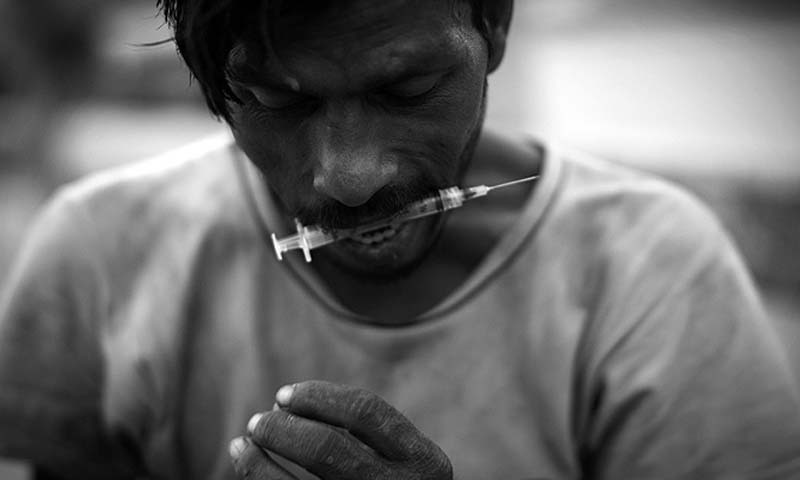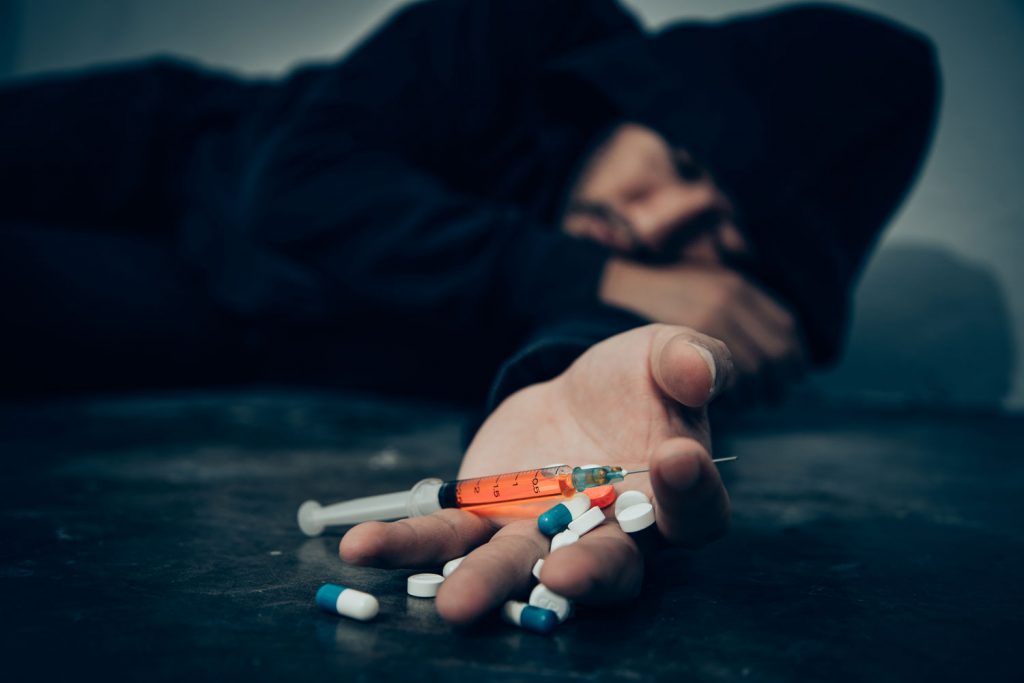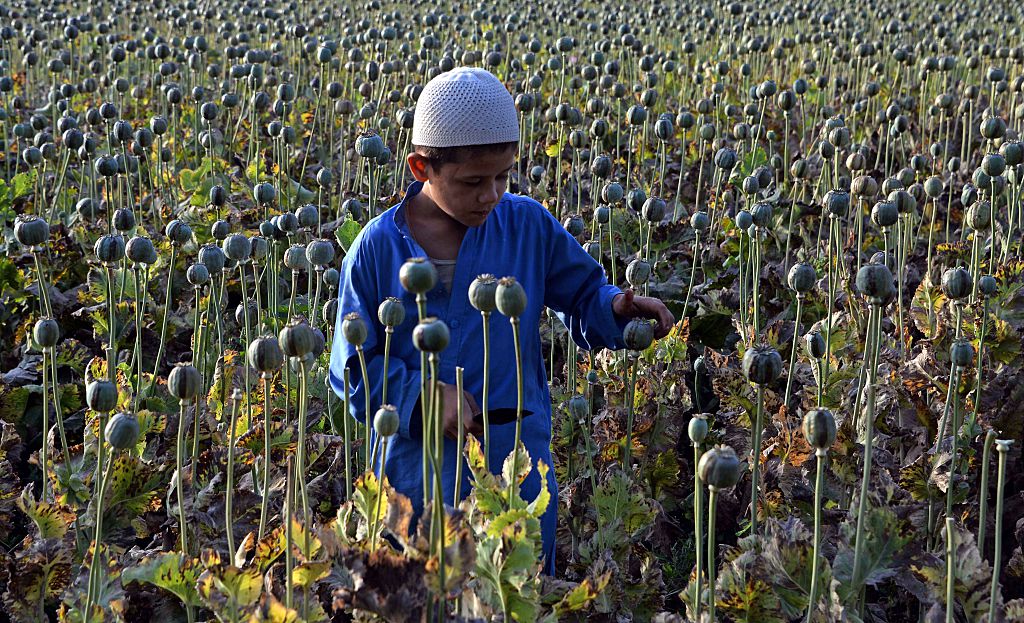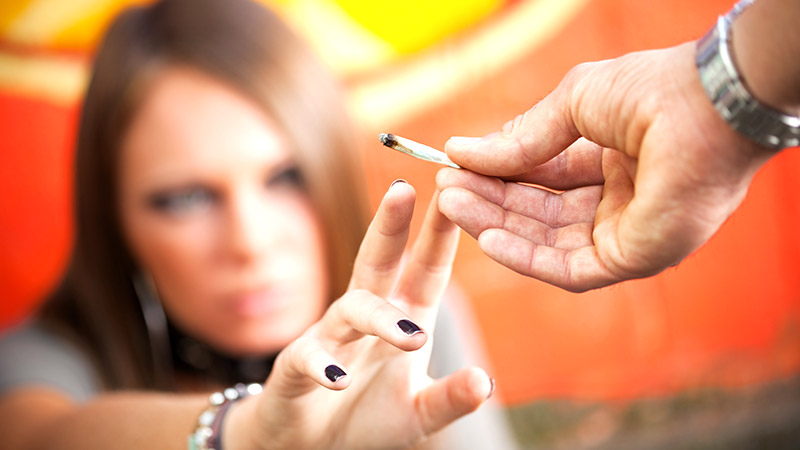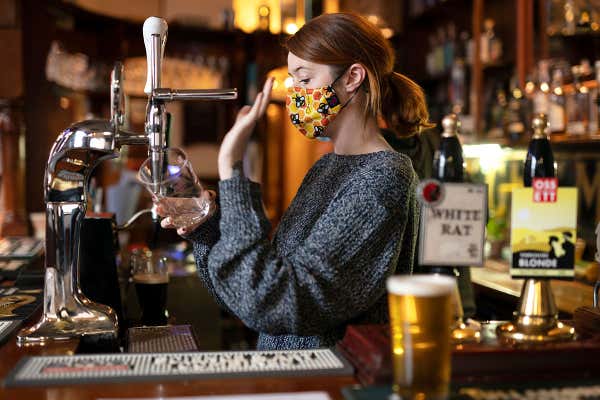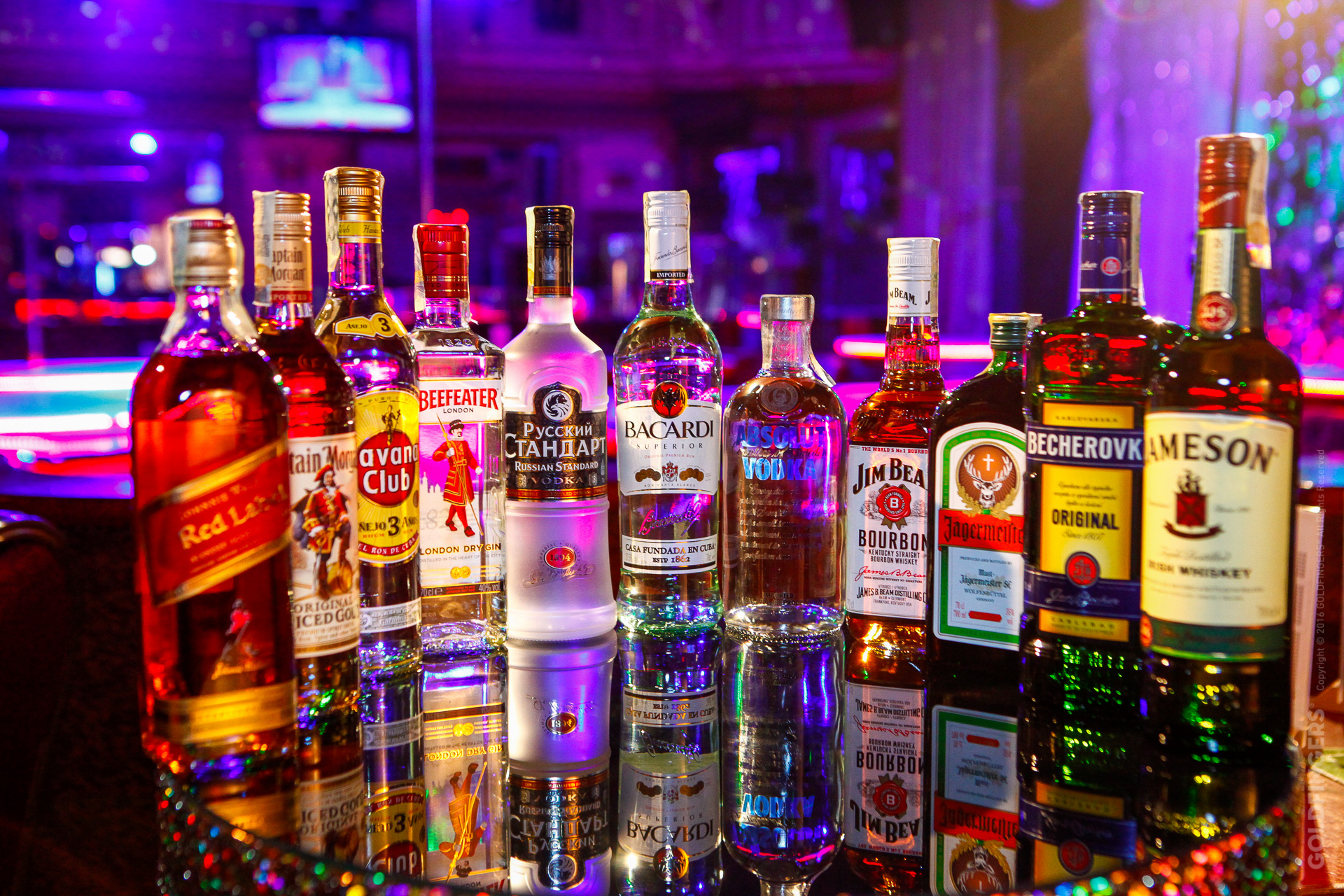
Why Alcohol May Be the Most Lethal Drug on Earth
In today’s headlines, much of the attention is centered on opioids—and understandably so, given the severity of the overdose epidemic sweeping across the United States. Every day, lives are lost to prescription painkillers, prompting urgent national conversations and policy changes. Yet amid this crisis, a far more insidious killer often goes unnoticed or unmentioned: alcohol.
Alcohol holds a unique position in society. It’s widely accepted, openly advertised, easy to purchase, and socially normalized. Unlike illegal drugs, it doesn’t carry the same stigma—yet it quietly inflicts devastating harm on individuals, families, and entire communities. Despite its legal status and social presence, scientific evidence reveals that alcohol may actually be the most lethal drug in existence. Let’s unpack the reasons why alcohol’s danger far surpasses what most people realize.
Alcohol Claims More Lives Than All Other Drugs Put Together
Statistically speaking, alcohol stands out as a leading cause of preventable death in the United States. According to data from the National Institute on Alcohol Abuse and Alcoholism, alcohol is responsible for approximately 88,000 deaths each year—a staggering number when you consider that it cuts an average of 30 years off each of those lives. In contrast, the total deaths from all other drugs combined barely reach 30,000 annually.
But alcohol’s danger doesn’t end with mortality rates. The broader societal impacts are immense. Alcohol-related incidents include violent assaults, sexual abuse, domestic violence, car crashes, accidental injuries, and self-harm. These incidents ripple outward, harming not just the drinker but innocent bystanders, families, and entire communities.
And yet, alcohol remains normalized. Bars and liquor stores operate without the scrutiny faced by those who sell heroin or cocaine. Alcohol is often framed as a tool for relaxation or celebration—never in the same sentence as "drug overdose." But the truth is that alcohol doesn't just kill in the short term; it wears down the body over time, weakening organs, altering brain chemistry, and slowly dismantling physical and emotional well-being.
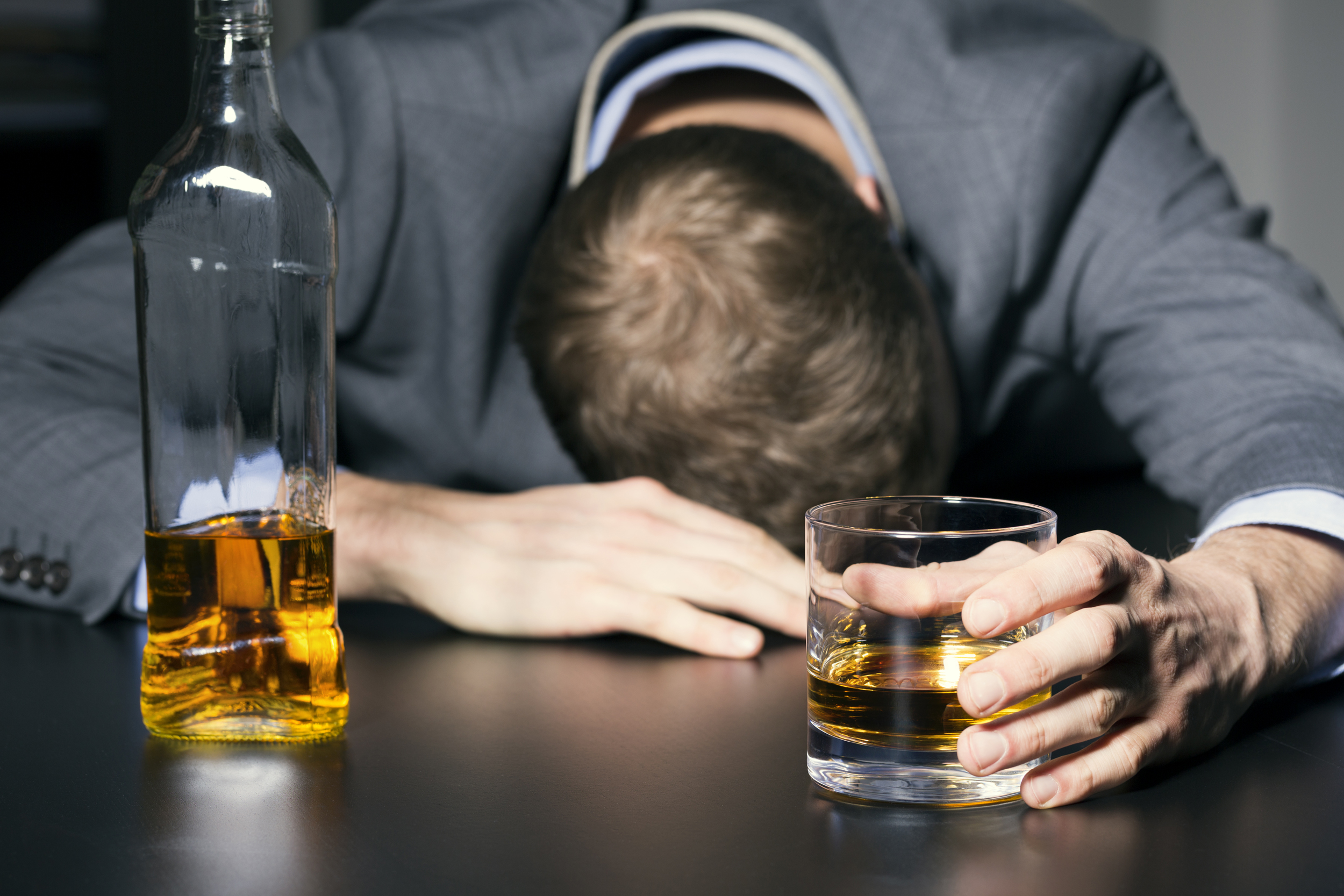
Alcohol Is More Harmful Than Cocaine, Tobacco, and Heroin—Combined
Back in 2010, a team of British scientists conducted a groundbreaking study that assessed the overall harm caused by a wide range of substances. The results were eye-opening: alcohol was ranked the most dangerous drug overall, scoring nearly three times higher than either cocaine or tobacco.
To put it into perspective: on a harm scale from 0 to 100, alcohol received a score of 72. Heroin came in at 55, while crack cocaine scored 54. Even drugs like ecstasy, often demonized in popular media, were found to be eight times less harmful than alcohol.
Why such a high score for alcohol? The researchers pointed to a combination of personal and social harm. Not only does alcohol cause significant damage to the drinker’s health—such as liver failure, cancer, heart disease, and neurological impairment—it also contributes to violence, road fatalities, crime, and economic loss on a massive scale.
The World Health Organization echoes these findings. Alcohol is tied to roughly 2.5 million deaths globally each year, linked to everything from suicide and heart failure to cancer and fatal traffic accidents. The legal status of a substance does not determine its level of danger—and alcohol proves this more than any other drug.
Alcohol’s Danger Is Amplified by Its Easy Availability
Perhaps the most disturbing aspect of alcohol's influence is how accessible it is. While the world rightly concerns itself with the damage done by illegal drugs, alcohol continues to flow freely, legally, and with minimal resistance. In the United States, the United Kingdom, and many other nations, alcohol can be purchased in supermarkets, corner stores, restaurants, and gas stations—with no need for a prescription or even a conversation.
This ease of access blurs the public’s perception of risk. Because it’s legal and socially celebrated, many people don’t even consider alcohol a “drug.” But that perception hides a harsh truth: more people enter addiction treatment for alcohol abuse than for any other substance.
According to data cited by Psychology Today, only half of Americans drink at all. Of that 50%, the vast majority of alcohol is consumed by the top 10% of drinkers, who average around 73 drinks per week—that’s more than 10 drinks a day. This concentration of consumption reveals a disturbing dependency: the alcohol industry relies heavily on its heaviest users, many of whom are struggling with substance use disorders. This dynamic isn’t much different from illicit drug markets, where profit depends on addicted, repeat buyers.
Alcohol Is Directly Linked to Numerous Deadly Diseases
Modern medical research has removed all doubt about the health consequences of drinking. A comprehensive study published in the journal Addiction confirmed that alcohol is a direct cause of at least seven different types of cancer, including breast, liver, colon, and esophageal cancers. And this isn’t limited to heavy drinkers—even moderate consumption carries measurable risk.
Beyond cancer, alcohol causes liver disease in multiple forms: fatty liver, alcoholic hepatitis, and cirrhosis. These conditions degrade liver function over time and can ultimately be fatal. Heavy alcohol use also increases the risk of heart failure by weakening the heart muscle, disrupting rhythm, and impairing circulation.
The brain is another major casualty. Chronic alcohol consumption interferes with neurotransmitters and damages brain structure, leading to memory problems, emotional instability, and even permanent cognitive decline.
And then there’s the collateral damage—the indirect effects alcohol has on society:
-
Car crashes due to impaired driving
-
Domestic violence and sexual assault
-
Family breakdowns and toxic relationships
-
Self-inflicted injuries and alcohol-related suicides
-
Economic losses from missed work, legal issues, and medical costs
While other drugs may kill quickly, alcohol often kills slowly and silently, making its impact harder to measure but no less devastating.

Ten Core Reasons Why Alcohol Is So Incredibly Dangerous
Here are ten specific, real-world reasons that illustrate why alcohol continues to rank as the most hazardous substance on the planet:
1. It Can Wreck Your Finances
People who become dependent on alcohol often prioritize their next drink over everything else, even when they’re out of money. Over time, this behavior can lead to debt, job loss, and financial ruin.
2. It Contributes to Long-Term Health Decline
Poor dietary choices often go hand-in-hand with excessive drinking. Over time, this can result in malnutrition, vitamin deficiencies, obesity, and a host of other health issues.
3. It Can Cut Life Short
Chronic drinkers face a significantly higher risk of fatal diseases such as liver cirrhosis, stroke, and heart failure. Even one night of extreme binge drinking can result in fatal alcohol poisoning.
4. It Lowers Inhibitions to Dangerous Levels
Under the influence of alcohol, people often act out of character—saying things they regret, making poor decisions, and engaging in high-risk behavior like unsafe sex or reckless driving.
5. It Permanently Damages Organs
Long-term alcohol abuse often leads to irreversible liver damage. Conditions like cirrhosis are not only painful but life-threatening.
6. It Harms Unborn Children
Drinking during pregnancy can cause fetal alcohol syndrome, a condition that may result in severe birth defects including developmental delays, brain damage, and organ abnormalities.
7. It Fuels Aggression and Violence
Numerous studies link alcohol to heightened aggression. Many incidents of domestic abuse, sexual assault, and public brawls occur when alcohol is involved.
8. It Causes Deadly Accidents
Alcohol impairs judgment and reaction time, leading to fatal car crashes, accidental falls, and drownings. It’s a major contributor to preventable injury deaths.
9. It Opens the Door to Other Drugs
Alcohol often acts as a gateway to experimenting with other substances, from marijuana and ecstasy to harder drugs like cocaine or meth.
10. It Can Completely Derail Lives
The long-term consequences of alcohol abuse—legal trouble, lost careers, broken relationships, deteriorated health—can leave someone with nothing. It can quietly and comprehensively dismantle a life.



